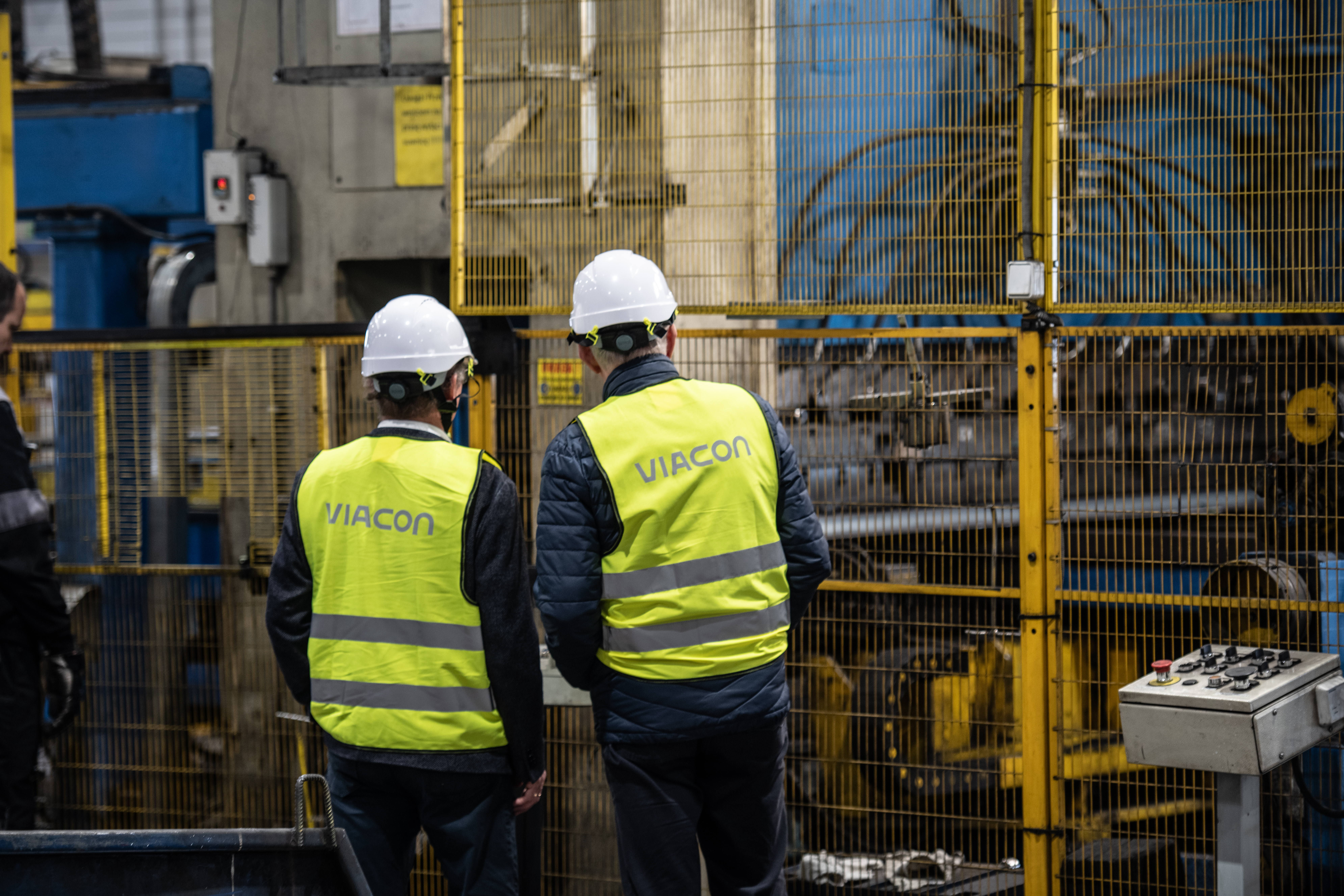Adopting Environmental Product Declarations (EPDs) as an industry norm
As measuring and reporting on environmental performance and impact becomes the norm, means for doing so have evolved to become harmonized. An Environmental Product Declaration (EPD) is a standardized type III environmental declaration that contains environmental data about the full life cycle of a product.
Through a product life cycle assessment (LCA) it is possible to understand the environmental effects of all aspects of a product – from extraction and sourcing of raw materials through to disposal or recycling. LCAs can be quite complex on their own, and to give them meaning and applicability in the real world, EPDs take LCA data and include them in standardized product labeling.
Why are EPDs needed?
EPDs are not just a “nice to have”. In the European Union, all public procurement bodies are required to use EPDs to assess the environmental impact of products they consume. Regulations change all the time, usually embracing stricter controls on environmental information. EPDs not only provide this data but also support carbon emission reduction targets in a variety of ways, including making it easier to compare the environmental impacts of different materials. In building infrastructure, for example, comparing steel to concrete to plastic might be an important exercise both for sustainability assessments but also for construction conditions in situ.
EPDs may be required for regulatory and legal reasons, but these are not the only reasons EPDs are valuable. The business case for EPDs can be made in other ways. For one, LCA credits are available for many building projects, and EPDs are recognized by BREEAM certification for more sustainable construction.
Also, EPDs can be a differentiator in the market. Even in markets where EPDs are required and every company has them, they are a transparent way to show environmental or ecological bona fides.
EPDs: The benefits of growing green transparency
Transparency is at the heart of requiring EPDs, and they are a bulwark against greenwashing. A number of benefits exist both from a regulatory and sustainability standpoint and, bigger picture, from a commercial standpoint.
Environmental impact
Understanding the full life cycle of a civil engineering project, it’s possible to see the environmnetal impact of the project, from carbon footprint to water use to energy use. Not only does this make the immediate environmental impact clear, it also provides insight into how to design and build future projects to lighten the environmental load and reduce the amount of embodied carbon. EPDs also form the foundation for understanding longer-term impacts over a project’s entire lifespan.
Greener building standards
Having accurate metrics in hand, it’s possible not only to make more informed decisions using detailed environmental data, but also to comply with a number of green building standards, such as BREEAM, mentioned earlier, and LEED (Leadership in Energy and Environmental Design). EPDs are a required element of meeting these standards and opening the door to projects that require this compliance or that offer incentives for compliance.
Innovation and optimization
Because EPDs highlight the real impact of materials used, it becomes easier to identify where optimizations may be possible – whether in production processes, in material performance, in emissions reduction – new possibilities emerge, particularly earlier in project design phases when looking at existing EPDs.
Trust as a foundation for commercial opportunity
In addition to the aforementioned benefits, adopting and using EPDs is a bridge to building trust with stakeholders, customers, and the public. Transparency, again, is the name of the game. And the further ahead you are in this game, the better positioned you are commercially to capitalize on business opportunities that require the level of transparency, detailed data sharing and heightened environmental awareness that EPDs set you up for.

